Table of contents
General considerations on Buddhist symbols
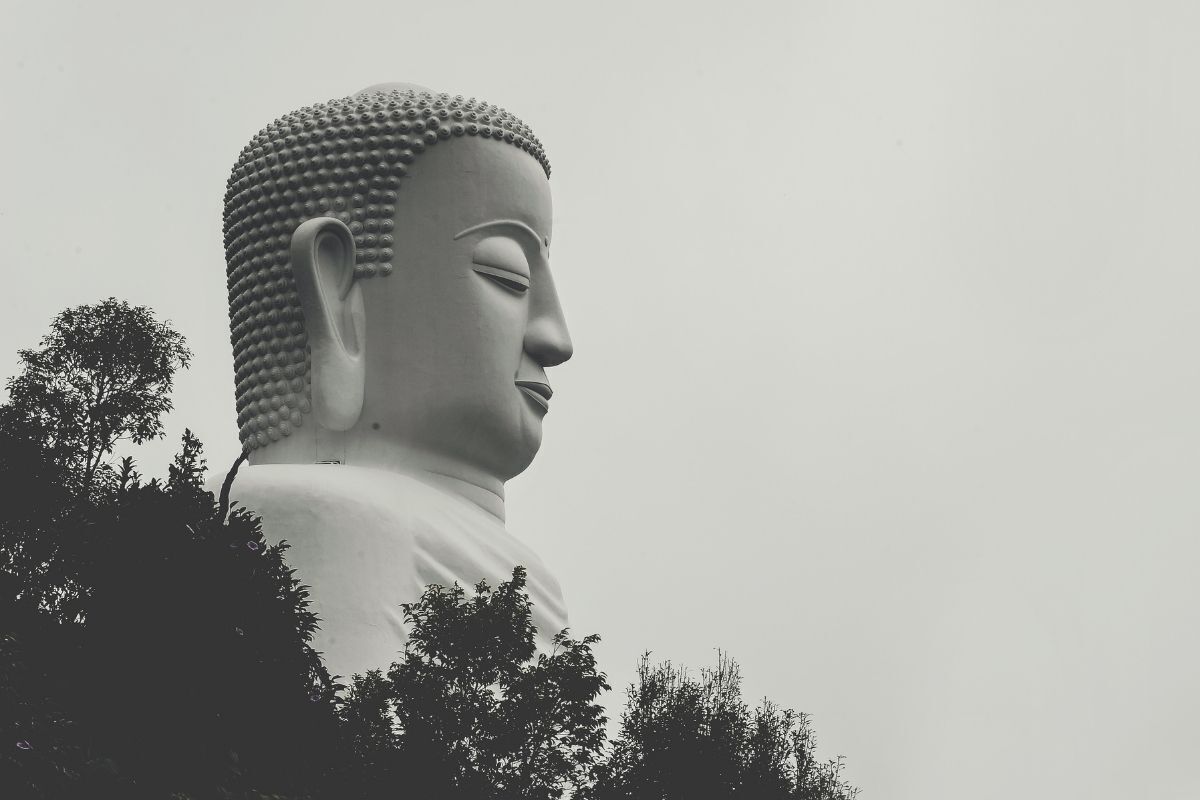
Buddhism portrays Buddha as the main figure, considered the Enlightened One. All those who give themselves over to his teachings contemplate faith, considering the great ability to observe Buddhist symbols as a way of reaching the desired enlightenment.
By leading individuals to the fullness of happiness, many other practices in Buddhism are built up, including meditation. This comes about through self-analysis and the ability to control the mind.
Daily actions complement these principles, using Buddhist symbols for a philosophy of life. The focus is on reason, in addition to the understanding that each person needs to make individually and internally. Now, follow the article to understand the symbols of Buddhism!
Understand more about Buddhism and its origins
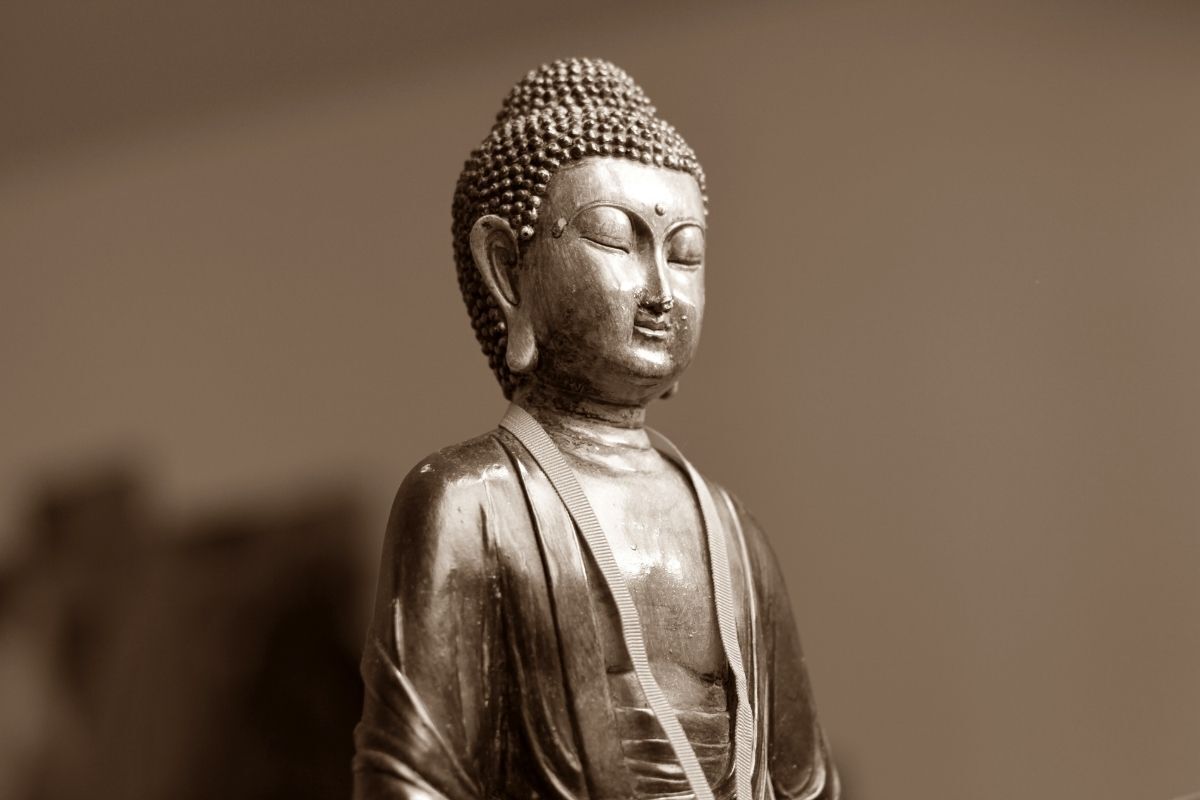
The origin of Buddhism presents its purpose and beliefs. It is possible to add the meaning of nirvana, as well as all the history and what this religion wants to pass on. Today, it is considered one of the 10 most important philosophies in the world, with many practitioners in the West and East.
Another characteristic linked to it is atheism, because Buddhism doesn't believe in a God or any other supreme deity. Its teachings can make people let go of harmful defects, including those that can materialize in jealousy, anger, envy, among others. Keep reading the article to understand more about Buddhism!
What is Buddhism
Buddhism is an Indian religion, all of whose teachings are based on Siddhartha Gautama, better known as Buddha. This process is still characterized by its philosophical principle, as well as being an ascetic tradition that was developed between the 6th and 4th centuries BC.
Traditions can be based on beliefs, including Buddha's purposes, as well as his great interpretations. The most important branches are portrayed as the "School of the Elders", as well as having "The Great Vehicle".
What Buddhists believe
With the considerable power of human reincarnation, Buddhism links it to animals and plants. All choices can lead to liberation and remove an individual from all suffering. In Buddhism, humans can also incarnate, applying kindness and respect for all beings.
In another life, it's possible to experience the attributes that strengthen the positive side, mainly because the cycle of reincarnations is portrayed as "Samsara". The purpose takes place through rebirth, with passage through other lives, but is interrupted when the person goes through the process of enlightenment. "Samsara" only happens in conjunction with karmas.
What is nirvana
Being a state of peace, nirvana in Buddhism is achieved through wisdom and tranquillity. Designating "nibbana", the word means to extinguish and extinguish. The concept can also be characterized to define death, because its founder entered pari-nirvana (state of death), and can also be analyzed as the final tranquillity.
Buddhists believe that when you reach the end of "Samsara", the cycle of rebirth and suffering is what all individuals will go through. Therefore, they will only reach nirvana, in a state of plenitude, after their evolution.
Origin and history of Buddhism
Originating from the prince of the Shakya clan, Siddhartha Gautama was born and raised in a luxurious palace. All this constitution of Buddhism took place in India, specifically in southern Nepal. His father, Raja Suddhodana, protected his son so that he wouldn't have to socialize with human afflictions.
This protection applied to the outside world, especially to issues of death, hunger, injustice and disease. The story then builds up to the prince fleeing the castle at the age of 29 and learning about all the suffering his father had tried to prevent. Even that day, he renounced the throne, trying to find a way to alleviate all human suffering.
Buddhist symbols and their meanings
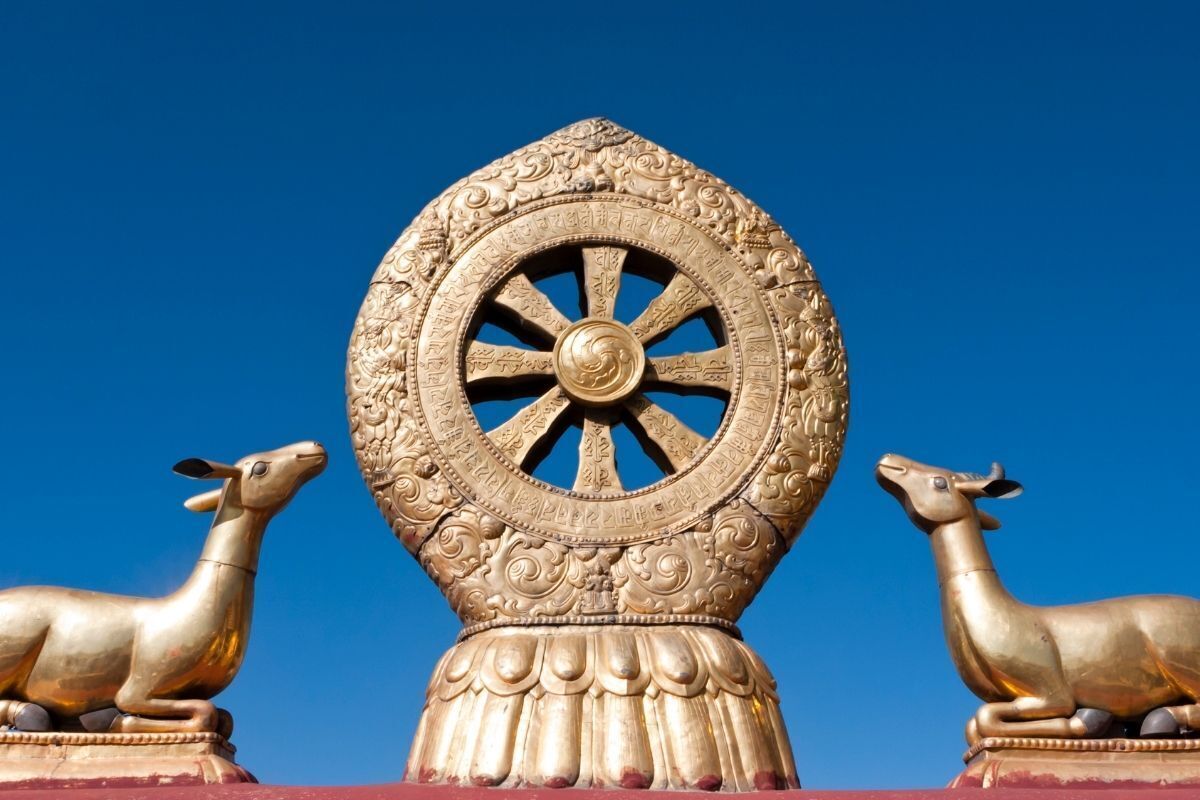
The symbols of Buddhism are depictions with important meanings. They are contemplated through the Wheel of Dharma, the Sun Guard, the Golden Fish, the Infinity Knot and the Lotus Flower. They are also considered Auspicious Symbols, because they represent manifestations and enlightenments.
According to Buddhism, all its followers see symbols as a potential capable of reaching the infinity of the mind. In it, compassion is worked on, presenting all that is good. Understanding hopes, the respective symbols were also created in India.
They are still present today, especially in Buddhist schools, Tibetan schools and monasteries. Read on to find out more about the meanings of Buddhist symbols!
Wheel of Dharma
The Wheel of Dharma was built to lecture when Buddha became the Enlightened One. This constitution has eight spokes, each of which represents the teachings that were given. The teachings are: right concentration, right thinking, way of life, understanding, effort, language, action and mindfulness
The wheel can also be called the Dhamma Chakka or Dharma-chakra, and its divisions show the entire eightfold path. It therefore has all the principles.
Goldfish
The first presents the freedom of all human beings, with fish that can move freely and are joyful and fearless. It can also present spontaneity and happiness.
The second representation symbolizes the sacred rivers of India, especially the Ganges and Yamuna.
Lotus flower
The Lotus Flower symbol is indicated to give purity and enlightenment in Buddhism. Followers can find in the stem an umbilical cord, and people are united through all the roots of the flower. It is the human capacity to attain enlightenment and the perfect state.
The Lotus flower is worshipped in many countries, including India, Egypt, Japan and China. It has symbolized creation and fertility, and can be found in stagnant, dirty or murky waters. It portrays detachment and the beauty that can grow without getting dirty from the mud at the root.
Infinite knot
As Buddhism's greatest symbol, the Infinity Knot signifies Buddha's knowledge, which has no end. It also gives cause and effect, and is known as the Law of Karma. This purpose is brought about by action and reaction.
In this way, everything comes together, interconnected, acting with justice, love and in favor of the good. In this way, the Infinite Knot reaps fruit that can be healthy and ripe. Compassion is also part of its teachings.
Sunshade
The Sun Guard presents all the spiritual power of Buddhism. In rituals, it is added to provide protection in the face of suffering that can weaken an individual. The axis also gives direction to centrality, helping those under it.
It also symbolizes the center of the universe, with its illuminated and untouched essence. It is free from all obscurities and daydreams.
Buddhism's main beliefs, stories and valuable possessions
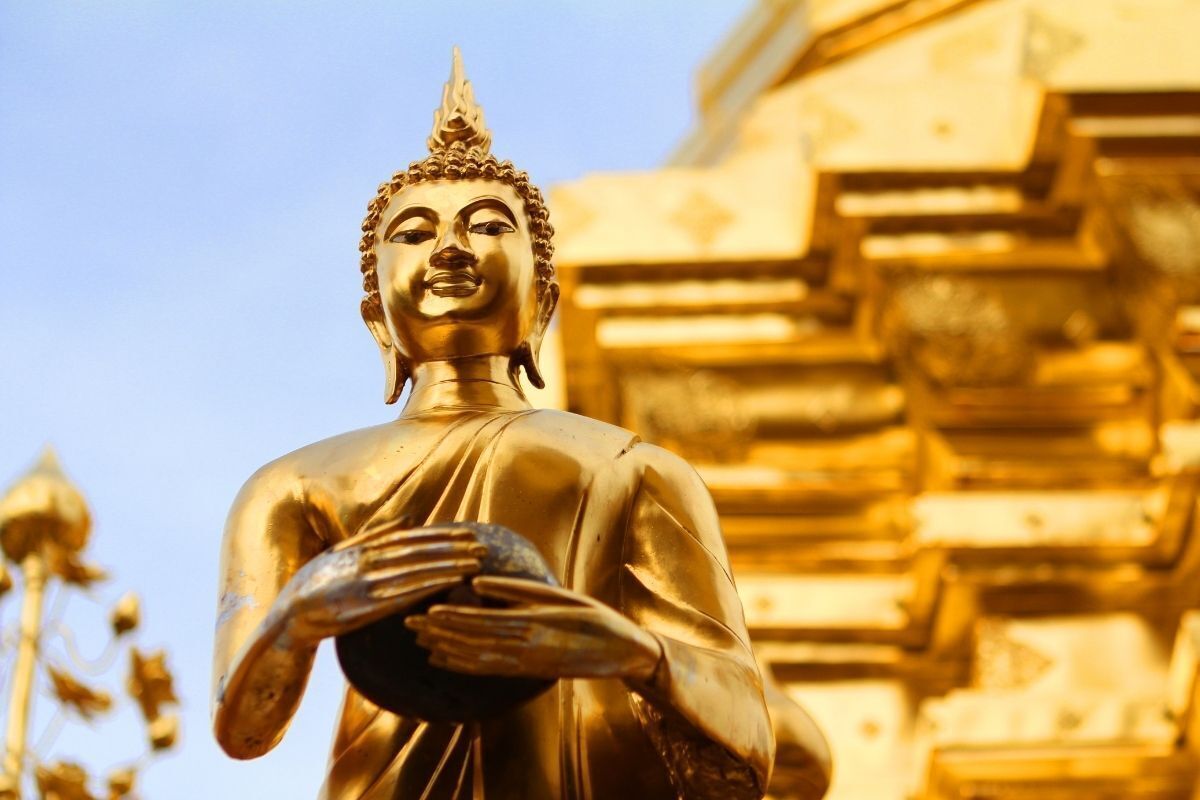
The values passed on by Buddhism also speak of the stories and their assets. All these processes were built in the Benares city park, because their paths were decisive in arriving at wisdom, equality and moderation.
In these principles, man can make use of certain elements, and these serve to embark on the "Eightfold Path". While there is still faith and purity, Buddhist practice adds action, will and language. It can apply memory, meditation, among others. Read on to understand the beliefs, stories and valuable assets of Buddhism!
The main beliefs of Buddhism
The beliefs of Buddhism talk about the liberation of an individual, especially when they are in their self-awareness. Using meditative questions, they do both individual and collective good in this process. In addition, there is also incarnation and reincarnation, which is called Samsara.
In addition to the law of Karma, Buddhism preaches issues that can generate other consequences. These are either bad or good, but they serve reincarnations. It also teaches that it is possible to deconstruct roots, as well as controlling the mind.
The main schools of Buddhism
There are four main schools that preach Buddhism: Gelupa, Sakya, Nyingma and Kagyu. All of them can give the doctrines of the religion, whether cultural or philosophical. Here, sects can also be portrayed, including different movements.
Western teachings characterize the purpose of study as processes that can be divided, such as the Teachings of the Elders and the Great Vehicle. Within Mahayana, another school, it is also possible to find opposing lines, with Vajrayāna, which is the greatest of all.
The three most valuable assets
Having three valuable assets, Buddhism is centered on the Buddha, who is the guide, containing Dharma as the fundamentalism of the universe and Sangha as a community that preaches the teachings of the religion. All are considered jewels before the purposes and preaching.
Awakened, Buddha is also the Enlightened One. Thus, realization focuses on the spiritual, with Dharma, which symbolizes all of Buddha Gautama's teachings. In addition, Sangha is like a monastic community of disciples, acting as a religious and visionary order.
The main teachings of Buddhism
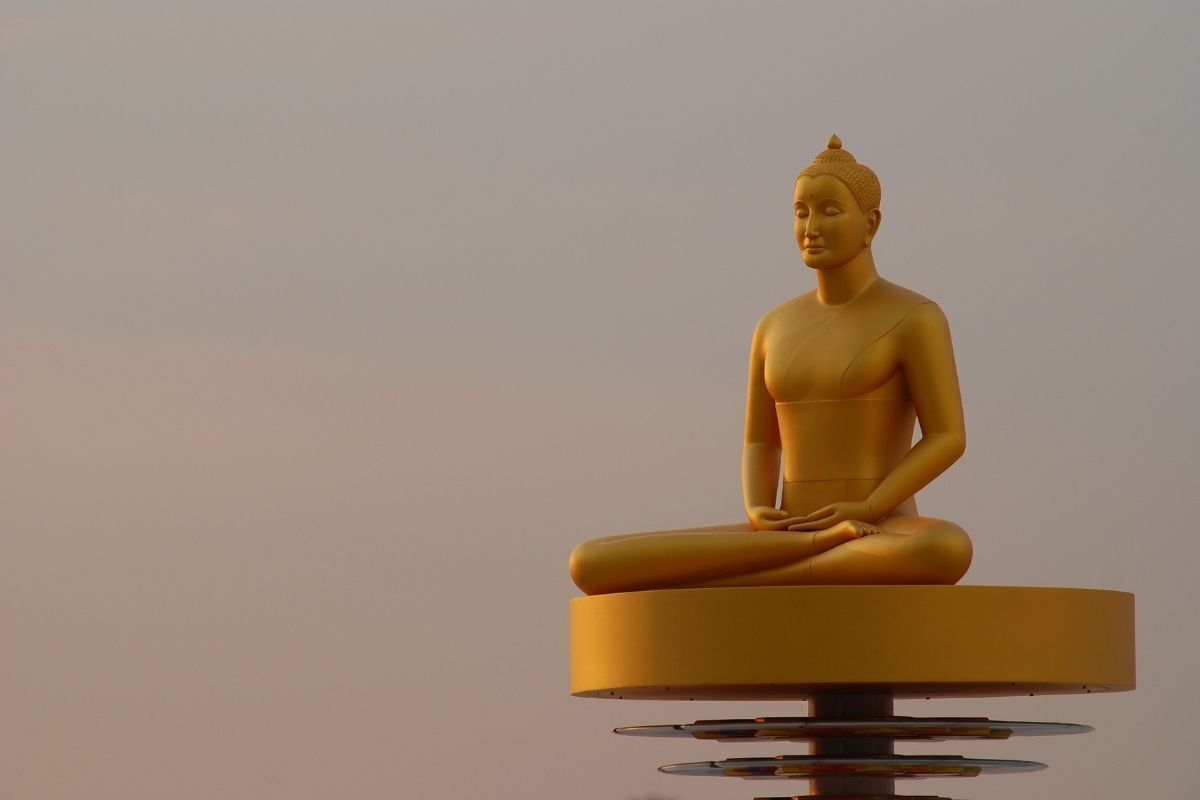
The teachings of Buddhism are supplemented by the purposes, which formulate all the important aspects of the doctrine. They therefore include correct understanding, concentration, aspiration, speech, mindfulness, effort, action and livelihood.
It also contains the process of life, which can formulate suffering and the fruit of desire. Furthermore, everything ends when that desire ends. Through these principles, individuals will be able to find in the words of their dictator a certain inspiration to transform the day.
In this way, a fuller, lighter and more peaceful life can be achieved. Read on to find out more about the main teachings of Buddhism!
Correct understanding
Correct understanding is based on the Four Noble Truths in Buddhism. This process is built up by understanding things as they really are. Further indicating thought in this purpose, it is the renunciation of suffering, reckoning with its origin, adding the cessation of suffering and the nobility of truth to the path that leads to yielding.
In other words, understanding is applied to the sense of thought that doesn't allow negative issues to develop in the rational. Therefore, everything can be developed for the good.
Correct suction
Given the full aspiration in Buddhism, it must be practiced in order to achieve firmness of intention. Moreover, it can preserve the entire path to spiritual enlightenment. Here, sanity is depicted, even in its perfect state.
Awakening is acquired primarily by the true nature of the universe. After attainment, the individual will be freed from the Samsāra circle, which is the cycle of birth, suffering, death and rebirth.
Correct speech
Correct speech in Buddhism is made up of the Blind, the Deaf and the Dumb, all of which come together in a helpful and compassionate way. They can also convey the choice of words, which also present the correct moment to determine what needs to be said.
In order not to create negative karma, you must always speak the truth, as well as providing encouragement. By promoting peace, joy is also visualized. Kindness is acquired, always taking care not to cause lies and suffering.
Right action
Formulating correct action in Buddhism, it characterizes the habits that can involve the body. For this reason, it uses it as an exercise, containing food and full rest. Behaviour can be added, especially not stealing, committing violence, not being impure and lying.
To reach the noble path, the individual must reach their potential from the divine nature that governs and guides all beings. It is therefore important to maintain a calm place, with attitudes that can stimulate inner peace, in addition to all the constituents.
Right livelihood
The correct way of life in Buddhist principles is added by attunement and sustenance. Here, the truths of the Dharma are focused on the correct profession, as well as a path called the eightfold path, which portrays various attributes of Buddhism.
Buddha portrays that work cannot develop karma or harm. Nor can it violate, a person cannot break with the precepts of Buddhism. Connecting all the works that lead to decorative ceramics, it needs nature at home, with the vase that attributes culture and stories.
Right effort
Engaging with Buddhism, correct effort serves to transform individuality. It calls for regulation, as well as an effort that must be continuous in order to remain on the path of the laws of the Dharma. Day by day can acquire peace, wisdom and moral awareness.
Understanding reality, the effort goes hand in hand with the concept of clarity in order to act correctly. Transparency is effective, and people are not infected by the poisons of the mind. Kindness needs to be worked on, especially to remove all evil, hatred, resentment and envy.
Correct attention
Right mindfulness is everything that acts clearly in Buddhism, so illusions shouldn't take over, as they are easily accessible to the mind. Buddha taught the principles of suffering, impurity, impermanence and "not-self".
In addition, mindfulness can expose the acceptance of suffering, mainly through the experience of impermanence. Observing, the inconstancy of thoughts characterizes the impermanence of the mind. Therefore, it talks about contemplating the non-existence of an immutable nature.
Correct concentration
Referred to as correct concentration, Buddhism complements a deep and balanced meditative state. All this can be found in tranquillity, purity and peace. The essence can be presented with the wisdom of religion, in addition to concentration itself.
Their benefits are collective and provide well-being for health. They can also formulate a peaceful and welcoming place. The ease comes with the constancy of meditation, and you can experiment with decorative objects that can stimulate all the senses.
Buddhist symbols can be used to achieve enlightenment!
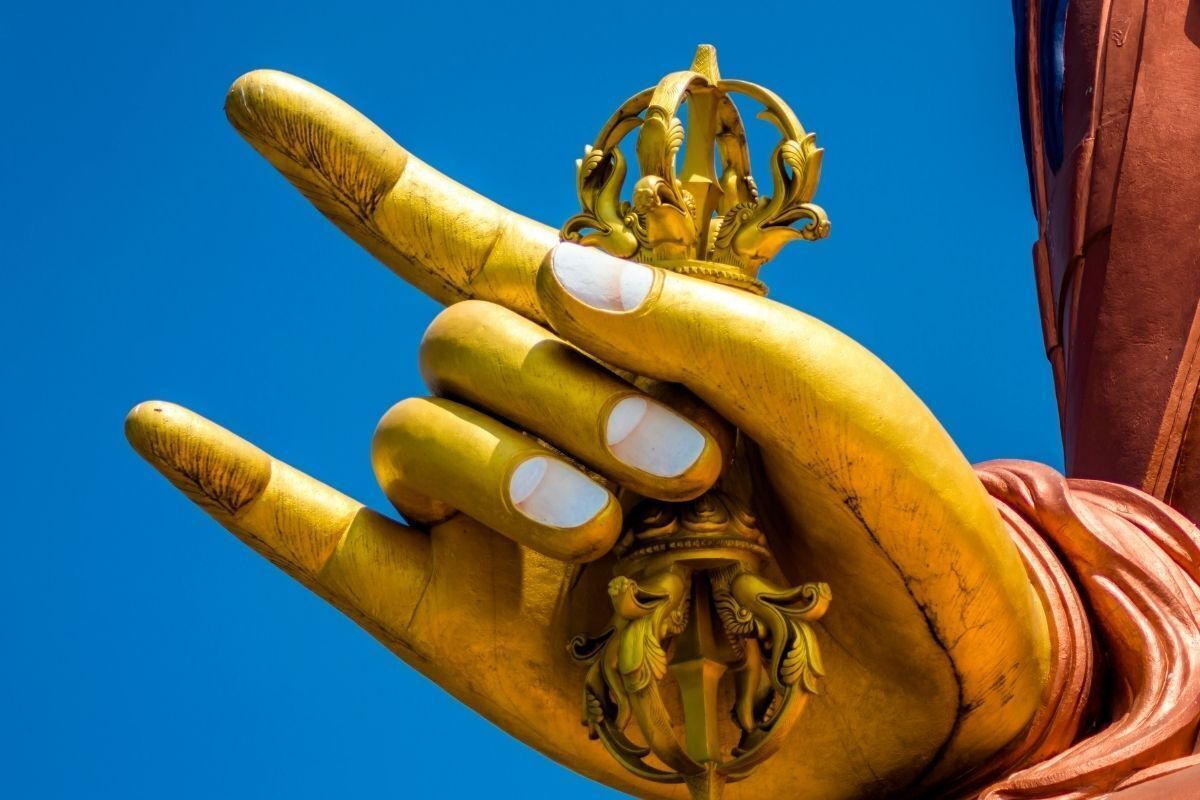
All the symbols of Buddhism have been dealt with throughout the article, mainly bringing out all the principles that surround the central purposes of the religion. In the early years, an accompaniment was made through the imposed philosophies, mainly mortification and pleasure.
This started with a penance that involved long fasts, but the results were not enough to make Siddhartha abandon the ascetic path. He only reached nirvana through meditation, finding peace and removing all the causes of suffering.
This is why enlightenment can be found through this doctrine, taking into account all emotional and physical fears. By leading a person to liberation, he has constituted the "middle way", which can lead to wholeness, without religious exaggeration.

